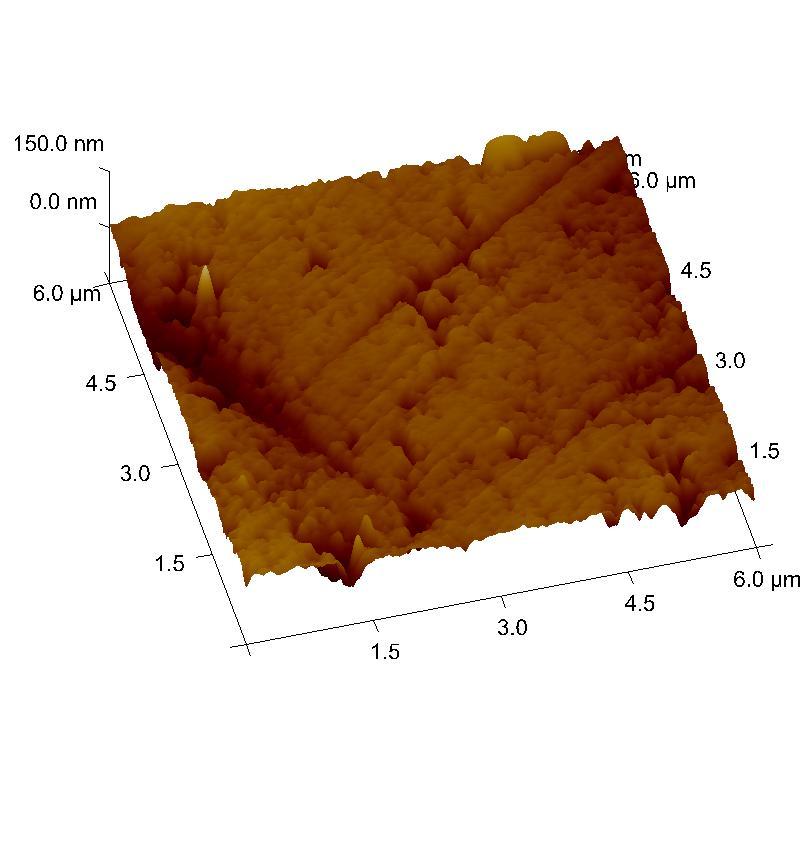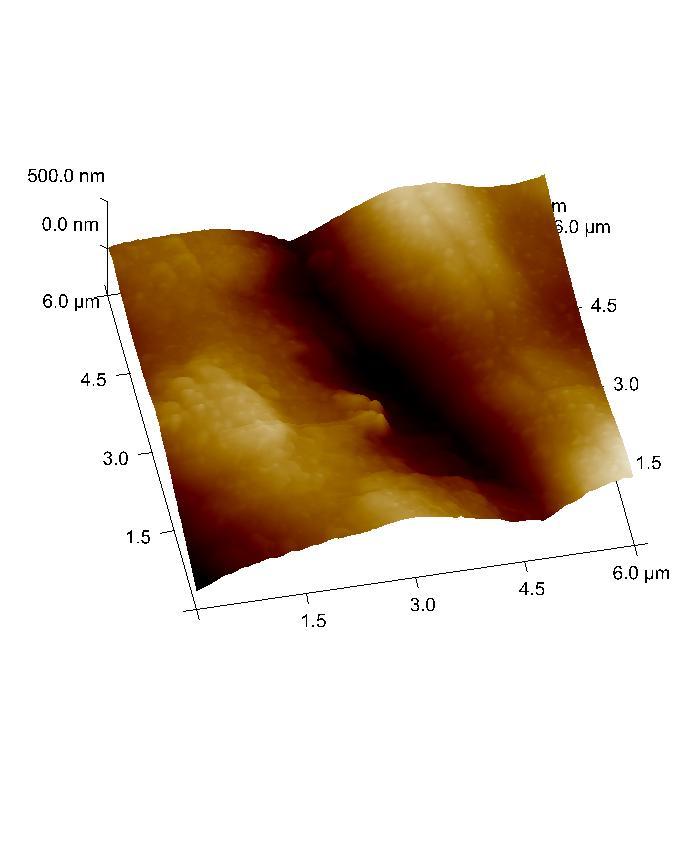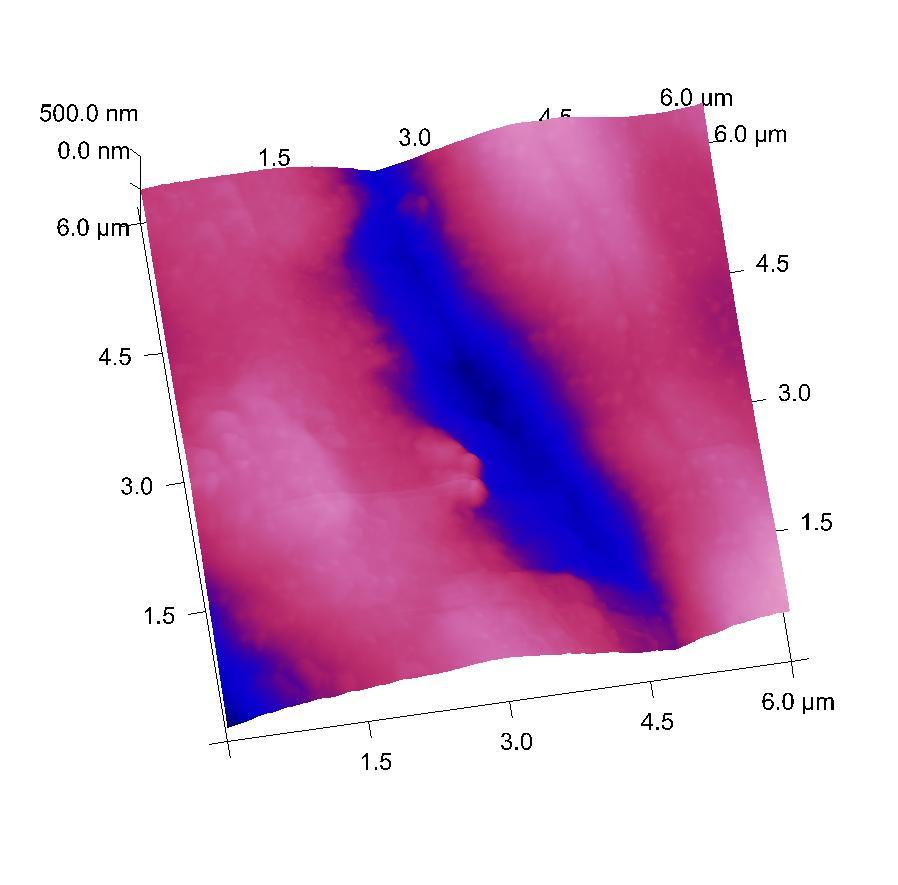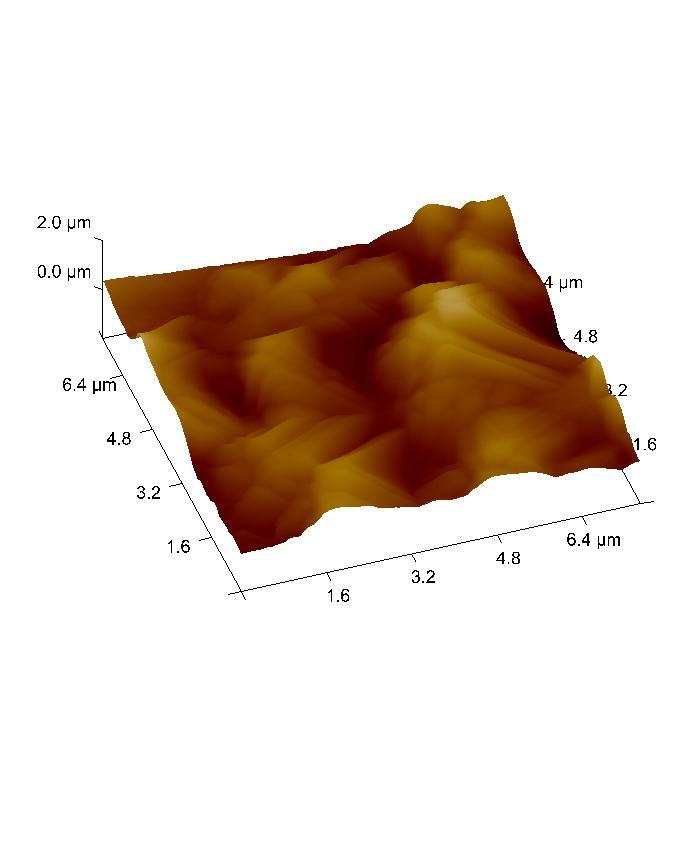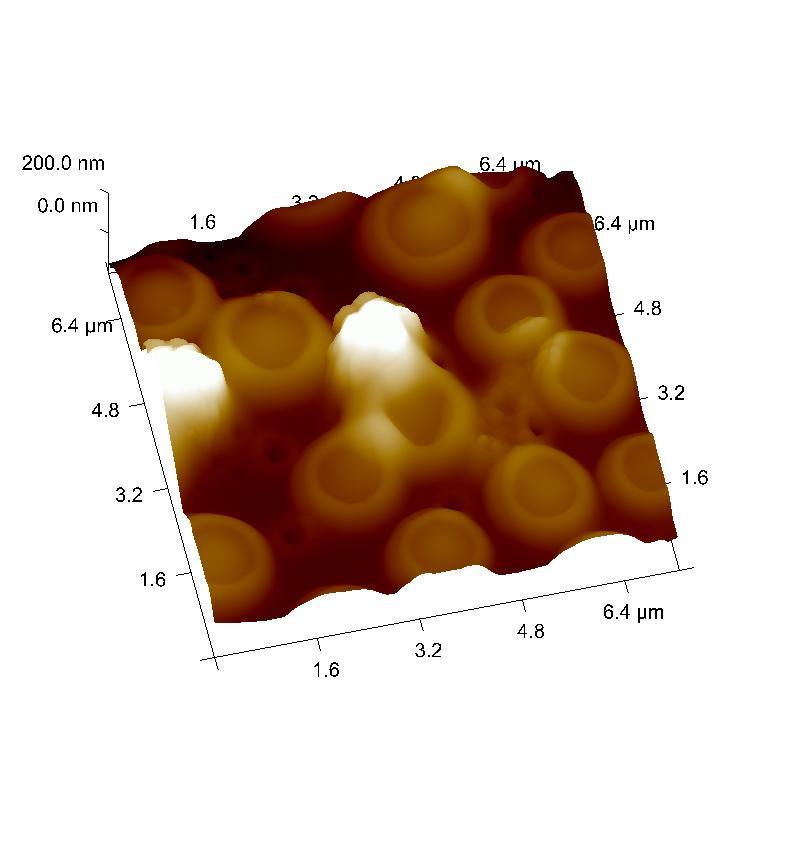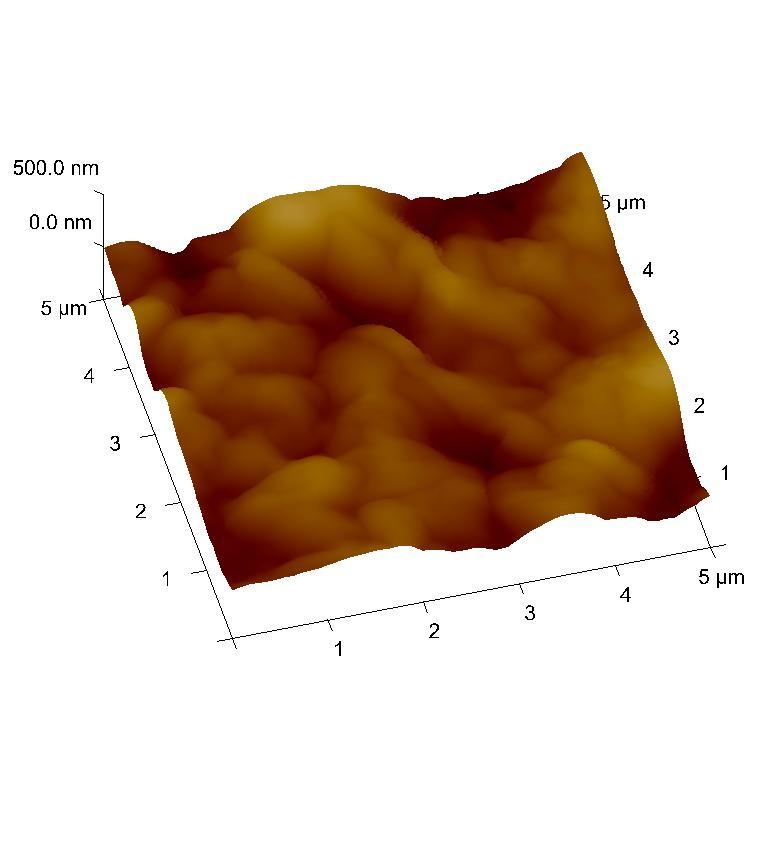AFM excels with sensitive, non-conductive, and soft samples, focusing on 3D surface topography and direct property measurements. Other electron microscopes are typically better for internal structure, elemental analysis, and very high magnification of more robust, often conductive, materials.
The best choice between Atomic Force Microscopy (AFM) and other electron microscopes depends on your sample's nature and the information you seek.
| Soft & Biological Samples | Non-Conductive Materials | Precise 3D Surface Topography | Surface Property Mapping |
| Perfect for imaging living cells, DNA, or polymers in their natural liquid environment without damage. | Ideal for insulators like glass, ceramics, and most biological specimens, as no special conductive coating is required. | Provides highly detailed 3D maps of surfaces, including roughness and height variations. | Can directly measure local mechanical (e.g., stiffness, adhesion) and other surface properties. |
Our Work & Results
We proudly showcase the advanced imaging and analysis performed at the Nanoscopy Science Center. Our results highlight the capabilities of electron and atomic force microscopy in exploring materials at the nanoscale, contributing to breakthroughs in biological and material sciences.
Reveal the Unseen with Nanoscopy
Unlock nanoscale insights into your materials at the Nanoscopy Science Center. Submit your samples to our advanced facility here.


 Colored
Colored Grayscale
Grayscale


